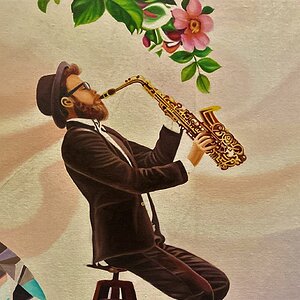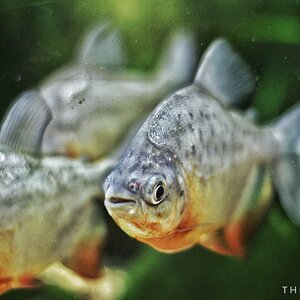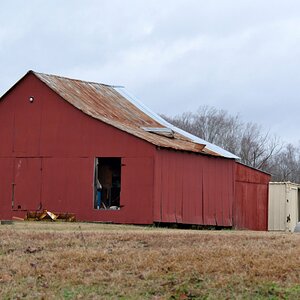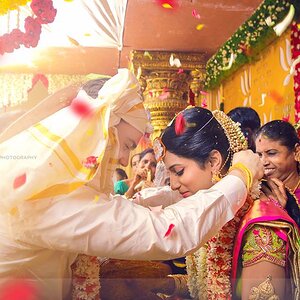- Joined
- Mar 24, 2013
- Messages
- 8,797
- Reaction score
- 4,893
- Location
- Connecticut
- Can others edit my Photos
- Photos NOT OK to edit

IMG_0026 by DarkShadow191145, on Flickr
This gull stood out above all the other Gulls. Most gulls are light to dark grey winged and very white but this guy or gal was creamy brown.
Last edited:


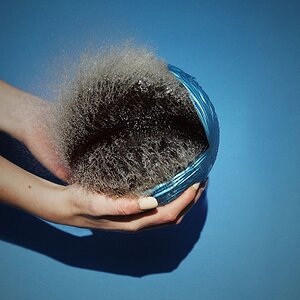
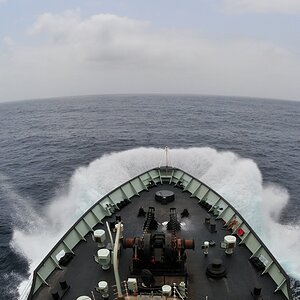
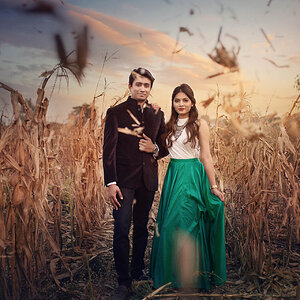
![[No title]](/data/xfmg/thumbnail/39/39645-11fae384f9fd2ec2813acc42adec0206.jpg?1619739148)
